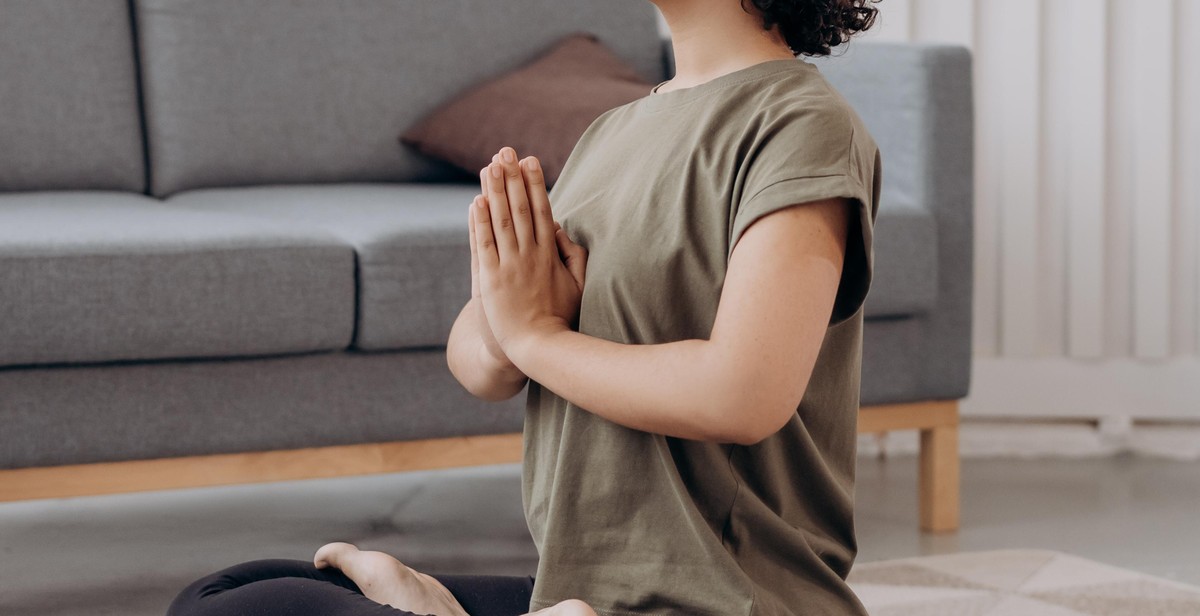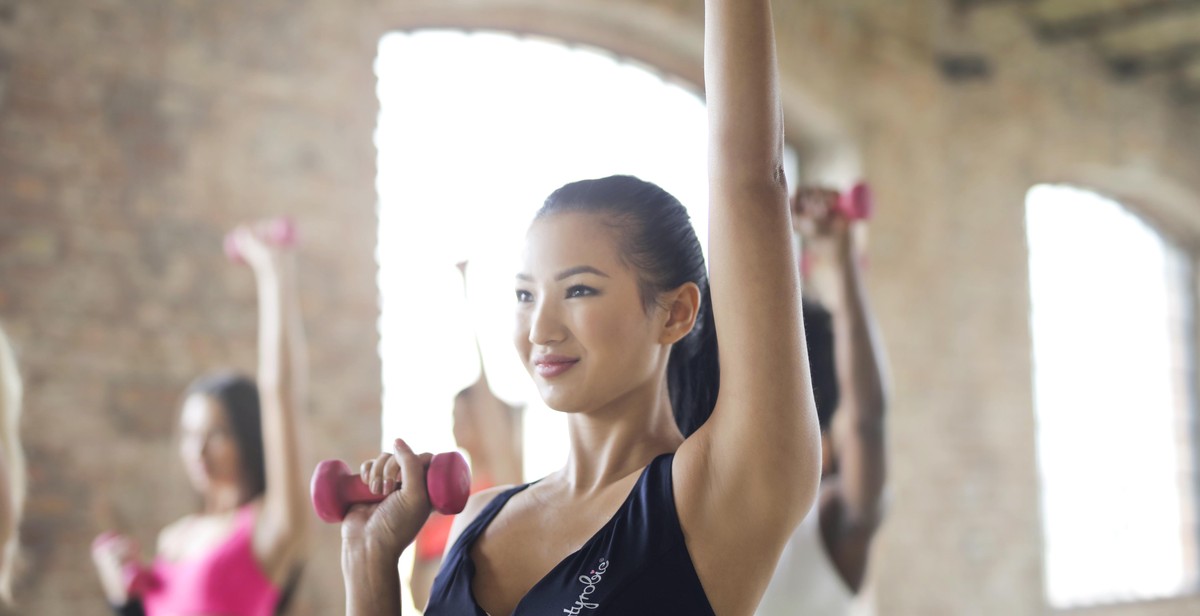Introduction: How to Improve Lower Body Strength with Lunges and Squat Variations
Lower body strength is crucial for overall fitness and well-being. Strong legs, glutes, and hips not only improve athletic performance but also help with everyday activities such as walking, climbing stairs, and lifting objects.
One of the most effective ways to improve lower body strength is through lunges and squat variations. These exercises target multiple muscles in the legs and hips, including the quadriceps, hamstrings, glutes, and calves.
Why improve lower body strength?
Improving lower body strength has several benefits, including:
- Increased power and speed
- Better balance and stability
- Reduced risk of injury
- Improved posture and alignment
- Enhanced overall strength and fitness
Whether you’re an athlete looking to improve your performance or simply want to feel stronger and more capable in your daily life, incorporating lunges and squat variations into your workout routine can help you achieve your goals.

Benefits of Lunges and Squats
If you’re looking to improve your lower body strength, lunges and squats are two of the most effective exercises you can do. Both exercises target a variety of muscles in your legs and glutes, helping you build muscle, improve balance and stability, and increase flexibility and range of motion.
Muscles targeted by lunges and squats
Lunges and squats are compound exercises that work multiple muscle groups at once. Both exercises primarily target your quadriceps, hamstrings, and glutes.
Squats also engage your lower back, core, and calves, while lunges engage your calves and hip flexors.
By incorporating both lunges and squats into your workout routine, you can ensure that you’re targeting all the major muscle groups in your lower body.
Improved balance and stability
Lunges and squats require you to maintain balance and stability throughout the exercise, which can help improve your overall balance and stability over time.
By strengthening the muscles in your legs and glutes, you’ll also improve your ability to maintain balance and stability in everyday activities, such as walking, running, and climbing stairs.
Increased flexibility and range of motion
Lunges and squats can also help increase your flexibility and range of motion in your lower body. By performing these exercises regularly, you’ll improve your hip and ankle mobility, which can help reduce your risk of injury and improve your overall athletic performance.
Additionally, lunges and squats can help improve your posture by strengthening the muscles in your lower back and core.
| Lunges | Squats |
|---|---|
| Forward lunge | Bodyweight squat |
| Reverse lunge | Jump squat |
| Side lunge | Goblet squat |
By incorporating lunges and squats into your workout routine, you can achieve a stronger, more balanced, and more flexible lower body.

Lunges Variations
Lunges are a versatile exercise that can be modified to target specific muscles in the lower body. Here are some variations:
Forward Lunges
With your feet shoulder-width apart, take a step forward with your right foot and lower your body until your right knee forms a 90-degree angle. Return to the starting position and repeat with your left leg. This exercise targets the quadriceps, hamstrings, and glutes.
Reverse Lunges
Stand with your feet hip-width apart and take a step back with your right foot. Lower your body until your left knee forms a 90-degree angle. Return to the starting position and repeat with your left leg. This exercise targets the glutes, hamstrings, and quadriceps.
Side Lunges
Stand with your feet hip-width apart and take a step to the right with your right foot. Lower your body until your right knee forms a 90-degree angle. Return to the starting position and repeat with your left leg. This exercise targets the inner and outer thighs, as well as the glutes and hamstrings.
Curtsy Lunges
With your feet shoulder-width apart, cross your right leg behind your left leg and lower your body until your left knee forms a 90-degree angle. Return to the starting position and repeat with your left leg. This exercise targets the glutes, inner and outer thighs, and quadriceps.
By incorporating these lunge variations into your lower body workout routine, you can improve your strength and target specific areas of your legs and glutes.

Squat Variations
Squats are a great exercise for building lower body strength, but there are many variations that can be done to target different muscles and add variety to your workouts.
Traditional Squats
The traditional squat is done with feet shoulder-width apart and toes pointing forward. This exercise targets the quads, hamstrings, and glutes. Start by standing with feet shoulder-width apart, engage your core, and lower your body as if you were sitting in a chair. Keep your knees behind your toes and your chest lifted. Return to standing position and repeat for desired reps.
Sumo Squats
Sumo squats are done with feet wider than shoulder-width apart and toes pointing outwards. This exercise targets the inner thighs, quads, hamstrings, and glutes. Start by standing with feet wider than shoulder-width apart, engage your core, and lower your body as if you were sitting in a chair. Keep your knees behind your toes and your chest lifted. Return to standing position and repeat for desired reps.
Bulgarian Split Squats
Bulgarian split squats are done with one foot elevated behind you on a bench or step. This exercise targets the quads, hamstrings, and glutes. Start by standing with one foot on a bench or step behind you, and the other foot planted firmly on the ground in front of you. Engage your core, and lower your body as if you were sitting in a chair. Keep your front knee behind your toes and your chest lifted. Return to standing position and repeat for desired reps before switching sides.
Jump Squats
Jump squats are done by adding a jump at the end of a traditional squat. This exercise targets the quads, hamstrings, and glutes while also adding a cardiovascular aspect. Start by performing a traditional squat, then explode upwards into a jump. Land softly and repeat for desired reps.
| Squat Variation | Targeted Muscles |
|---|---|
| Traditional Squats | Quads, hamstrings, glutes |
| Sumo Squats | Inner thighs, quads, hamstrings, glutes |
| Bulgarian Split Squats | Quads, hamstrings, glutes |
| Jump Squats | Quads, hamstrings, glutes, cardiovascular |

How to Incorporate Lunges and Squats into Your Fitness Routine
If you want to improve your lower body strength, incorporating lunges and squats into your fitness routine is a great way to do so. These exercises work multiple muscle groups in your legs, including your glutes, quads, and hamstrings. Here are some tips on how to incorporate lunges and squats into your fitness routine:
Frequency and Sets
When starting out, it’s important to not overdo it. Start with 2-3 sets of 10-12 reps, 2-3 times per week. As you progress, you can increase the number of sets and reps, or the weight you’re using. It’s important to give your muscles time to rest and recover in between sessions.
Proper Form and Technique
Proper form and technique is key to getting the most out of your lunges and squats, and avoiding injury. When doing lunges, keep your front knee directly over your ankle and lower your back knee towards the ground without touching it. When doing squats, keep your feet shoulder-width apart, and lower your hips towards the ground while keeping your chest up and your back straight.
Incorporating Weights and Resistance Bands
If you want to add more resistance to your lunges and squats, you can incorporate weights or resistance bands. Start with lighter weights or bands and gradually increase as you get stronger. Make sure to maintain proper form and technique when using weights or bands.
| Lunges and Squats Variations | Muscles Worked |
|---|---|
| Walking Lunges | Glutes, Quads, Hamstrings |
| Reverse Lunges | Glutes, Quads, Hamstrings |
| Jump Squats | Glutes, Quads, Hamstrings, Calves |
| Sumo Squats | Inner Thighs, Glutes, Quads, Hamstrings |
There are many variations of lunges and squats that you can do to keep your workout interesting and challenging. Try incorporating some of these variations into your routine:
- Walking Lunges
- Reverse Lunges
- Jump Squats
- Sumo Squats
By incorporating lunges and squats into your fitness routine, you can improve your lower body strength, tone your muscles, and increase your overall fitness level.

Precautions and Tips
Before starting any new exercise program, it is important to consult with a physician to ensure that it is safe for you to do so. This is especially true if you have any pre-existing medical conditions or injuries.
Start Slowly and Gradually Increase Intensity
When starting out with lunges and squat variations, it is important to start slowly and gradually increase the intensity of your workouts over time. This will help to prevent injury and ensure that your body is able to adapt to the new movements.
Start with a few repetitions of each exercise and gradually increase the number of repetitions as you become more comfortable with the movements. You can also increase the intensity of your workouts by adding weights or resistance bands.
Listen to Your Body and Avoid Overexertion
It is important to listen to your body when doing any kind of exercise. If you experience pain or discomfort during lunges or squat variations, stop the exercise immediately and rest. Pushing through pain can lead to injury and may set you back in your fitness goals.
Additionally, it is important to avoid overexertion when doing lunges and squat variations. These exercises can be very challenging and it is important to give your body time to rest and recover between workouts.
Conclusion
By following these precautions and tips, you can improve your lower body strength with lunges and squat variations while minimizing your risk of injury. Remember to consult with a physician before starting any new exercise program, start slowly and gradually increase intensity, listen to your body and avoid overexertion.

Conclusion
Improving your lower body strength is essential for overall fitness and health. Lunges and squats are two of the most effective exercises for targeting the lower body muscles, including the glutes, quads, hamstrings, and calves. Incorporating these exercises into your fitness routine can lead to a stronger and healthier body.
Benefits of improving lower body strength with lunges and squats
- Increased muscle mass: Lunges and squats target multiple muscles in the lower body, leading to increased muscle mass and definition.
- Improved balance and stability: These exercises require the use of core muscles, leading to improved balance and stability.
- Reduced risk of injury: Stronger lower body muscles can help prevent injuries, especially in the hips, knees, and ankles.
- Better posture: Lunges and squats can help improve posture by strengthening the muscles that support the spine and pelvis.
- Improved athletic performance: Stronger lower body muscles can lead to improved athletic performance, especially in sports that require running, jumping, or lifting.
How to incorporate lunges and squats into your fitness routine
There are many different variations of lunges and squats that you can incorporate into your fitness routine. Some popular options include:
- Bodyweight squats and lunges
- Weighted squats and lunges
- Single-leg squats and lunges
- Plyometric squats and lunges
It’s important to start with proper form and gradually increase the intensity and weight of the exercises. If you’re new to these exercises, consider working with a personal trainer to ensure you’re performing them correctly and safely.
| Exercise | Sets x Reps | Rest |
|---|---|---|
| Bodyweight Squats | 3 x 12-15 | 30 seconds |
| Walking Lunges | 3 x 12-15 (each leg) | 30 seconds |
| Weighted Squats | 3 x 8-10 | 60 seconds |
| Single-Leg Deadlifts | 3 x 8-10 (each leg) | 60 seconds |
By incorporating lunges and squats into your fitness routine, you can improve your lower body strength, reduce the risk of injury, and enhance your overall health and fitness. Remember to start slowly and gradually increase the intensity of your workouts, and always prioritize proper form and safety.
